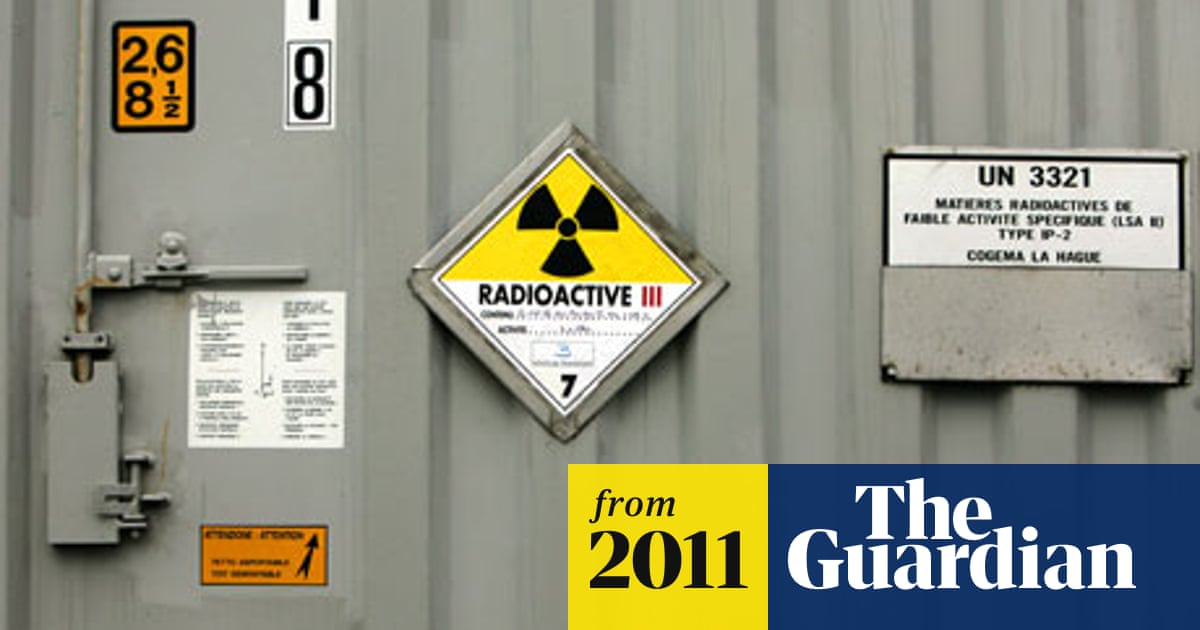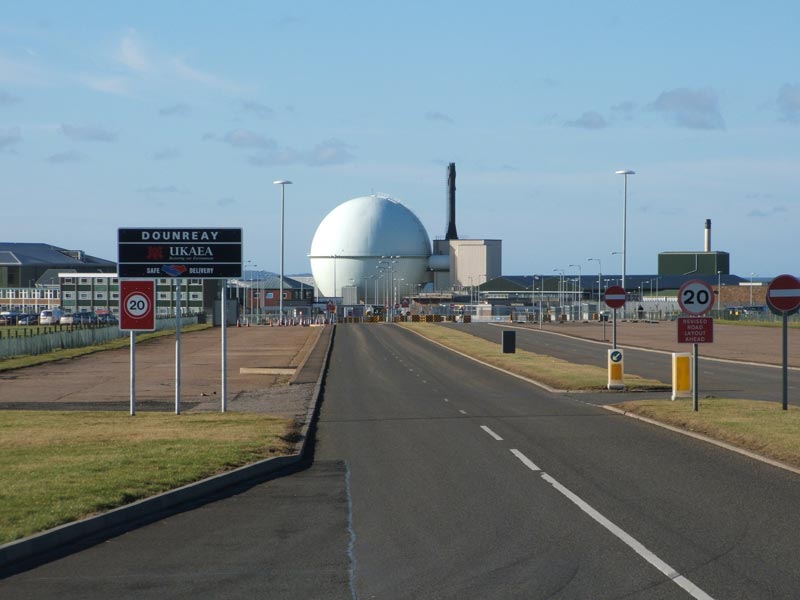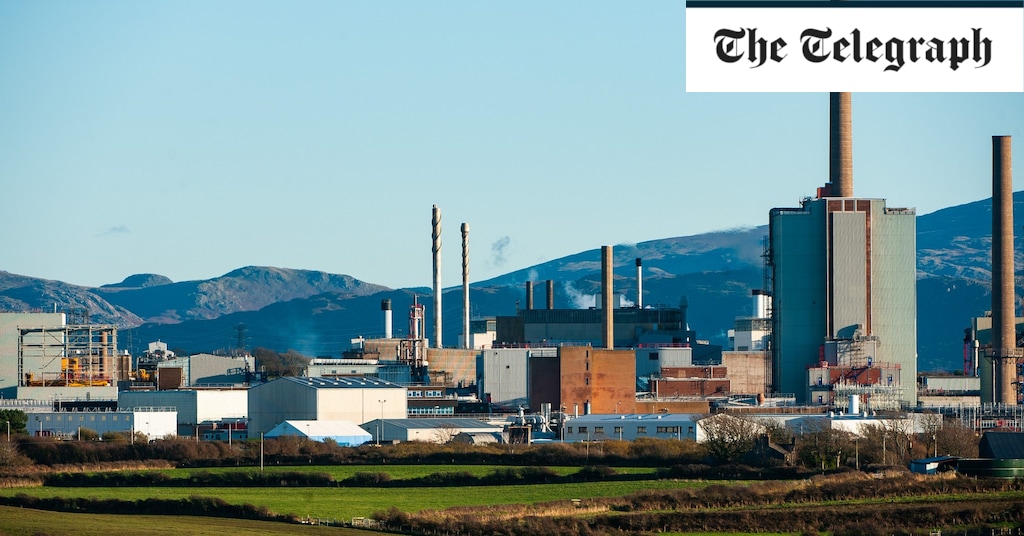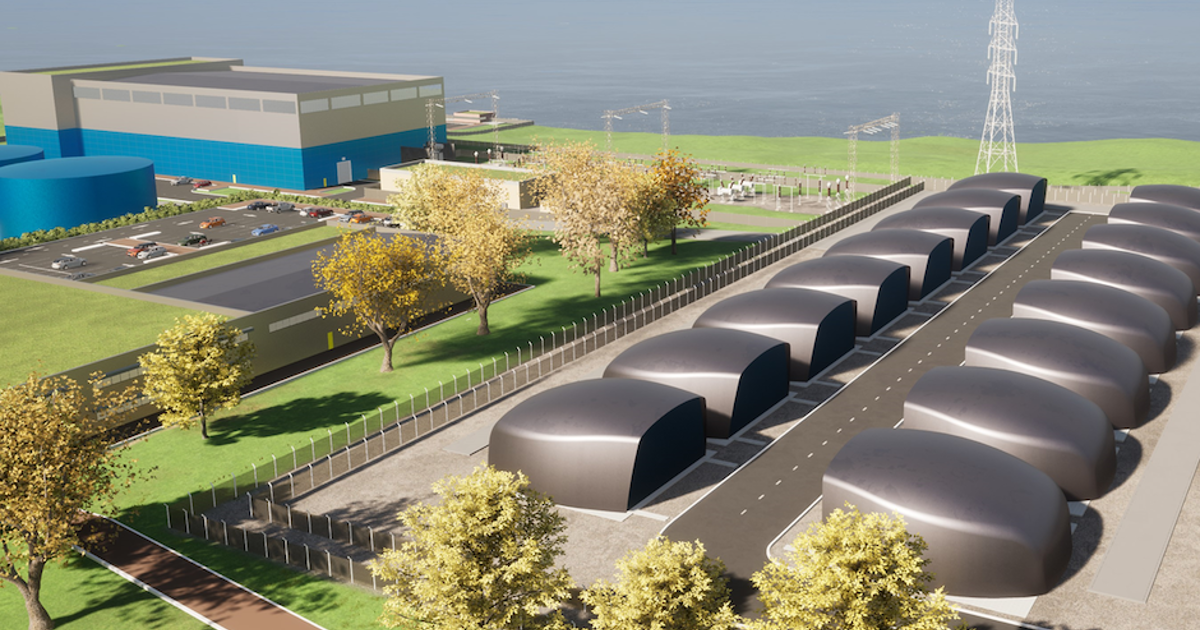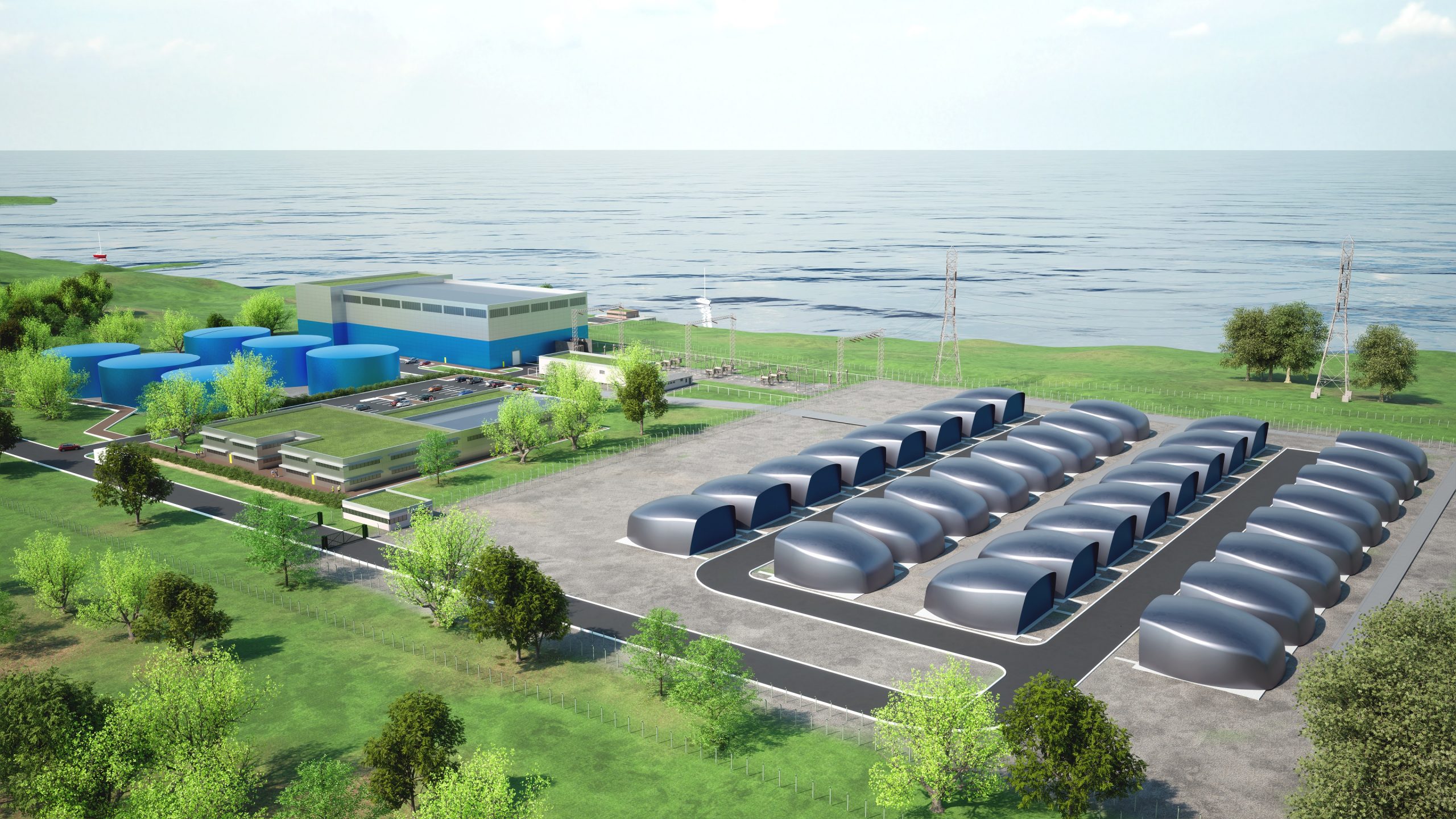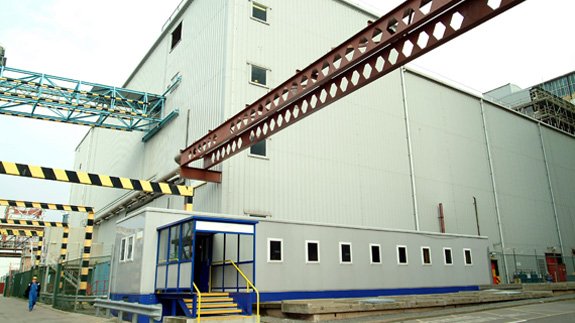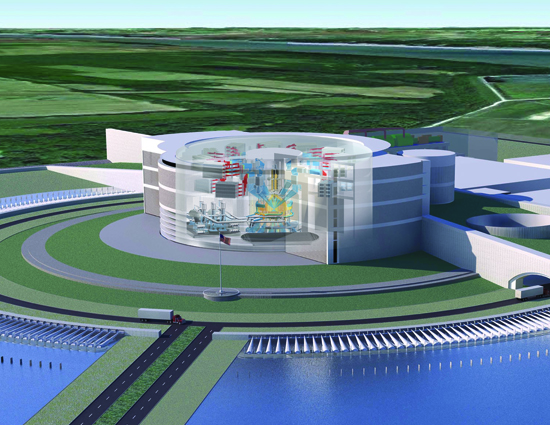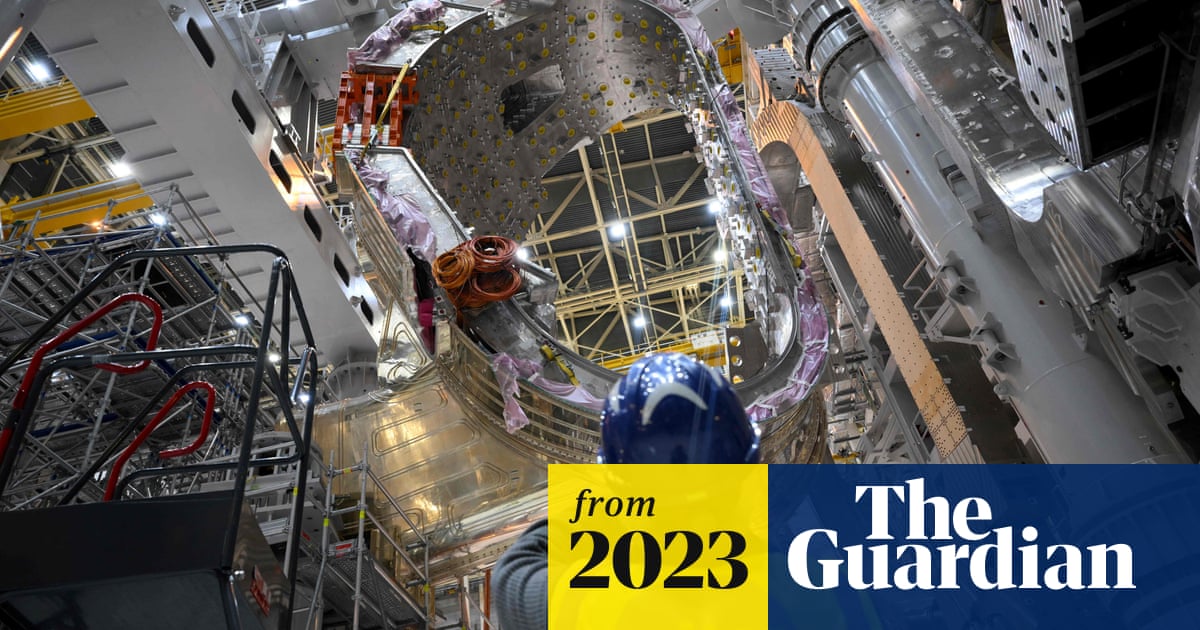Yes, you need some Uranium to start the reaction, but what is the problem about it? Its just for the “cold start” and the reactor is breeding U233. There is nothing especially terrible about U233, btw. You can have highly radioactive Isotopes (those with a short half live) or long lasting isotopes (those with the long half time). With an half time of 160.000 years U233 and U 231 (33.000 years) will decay much faster than natural Uranium (U238 4,468,000 000, U235: 703800000). Despite that, the half life is almost irrelevant, because U233 will be used as fuel so that it want end up as nuclear waste. In a fast reactor, also other very heavy elements will be burned by fission and those with uneven numbers are easier to split (guess that’s as well true for protactinium-231)
Fortunately, molten salt as heat carrier in power plant is well established and long term tested in solar thermal power plants (e.g Andasol). The new molten salt reactor will be using the same type of salt (with higher purity) and basically the same technology for the pumps and pipes.
You should not concider, that every nuclear reactor is not only producing radioactive elements, but also burning radioactive elements. After 300 years, the radioactive waste of a thorium reactor is less radioactive, than the burned up radioactive thorium. After that, the total amount of radioactivity of the waste will be lower than that of the Thorium Lagerstätte (love to use a German word

